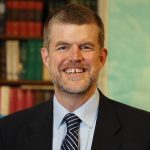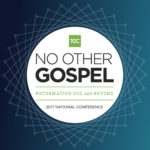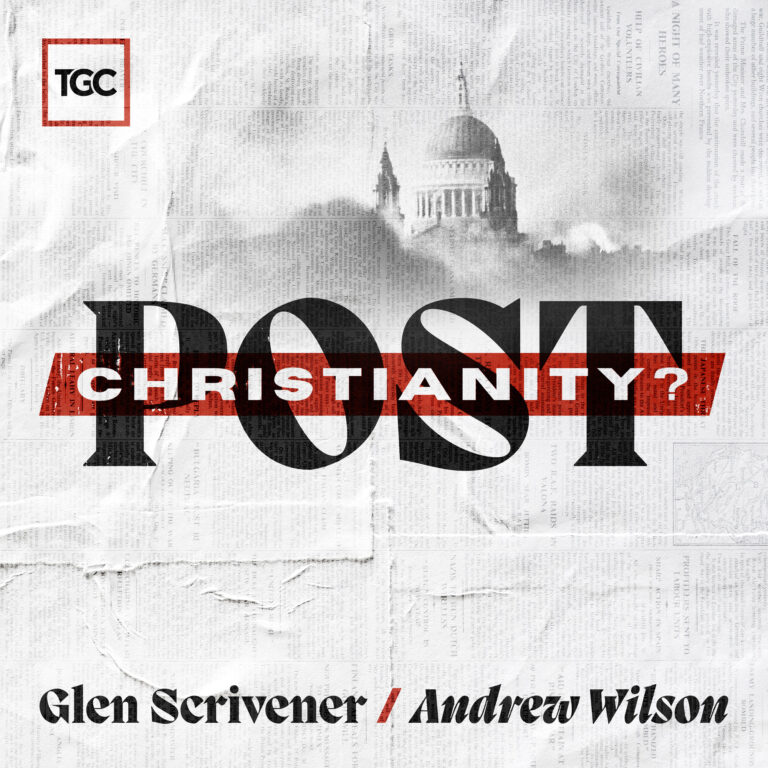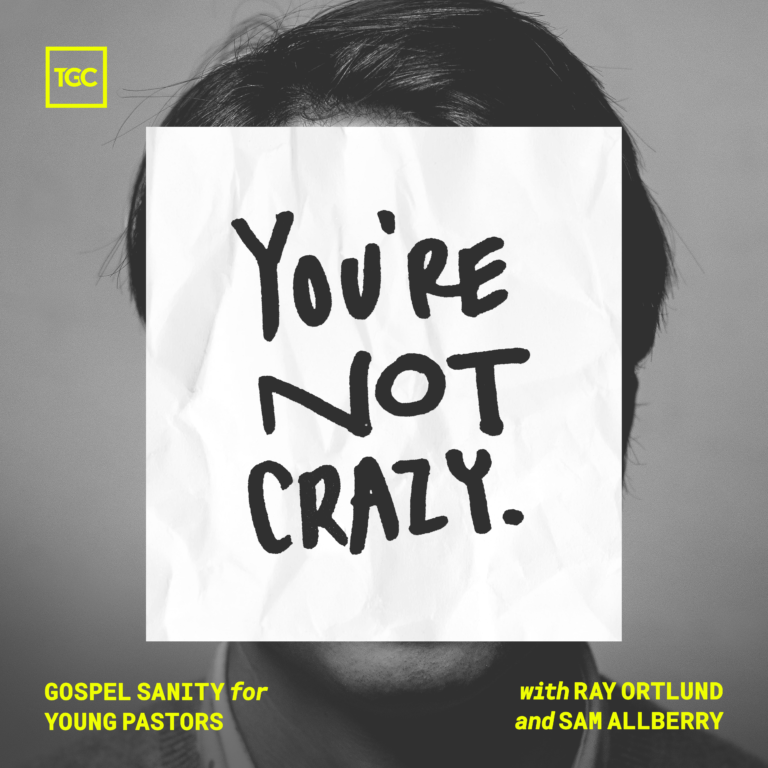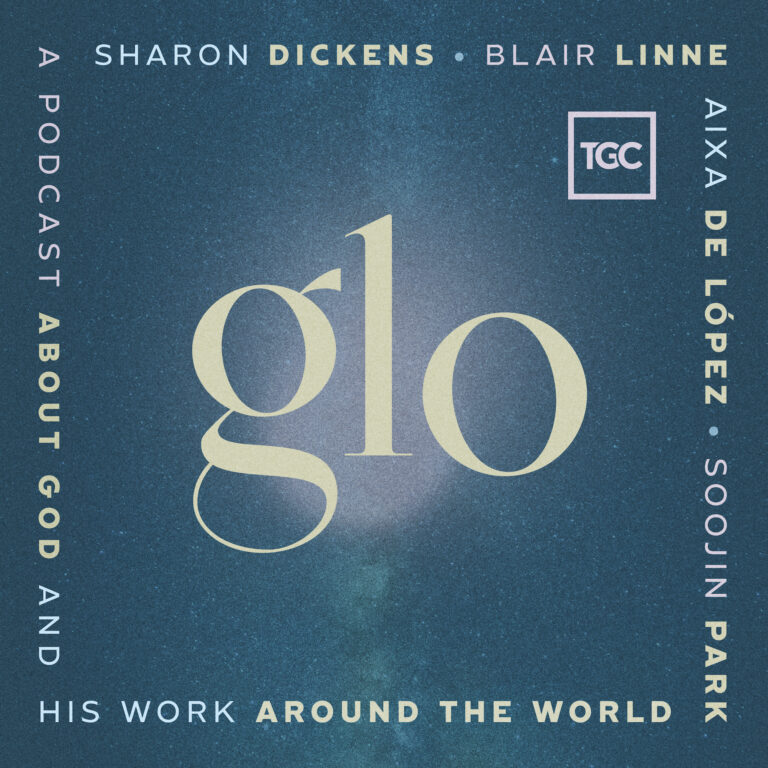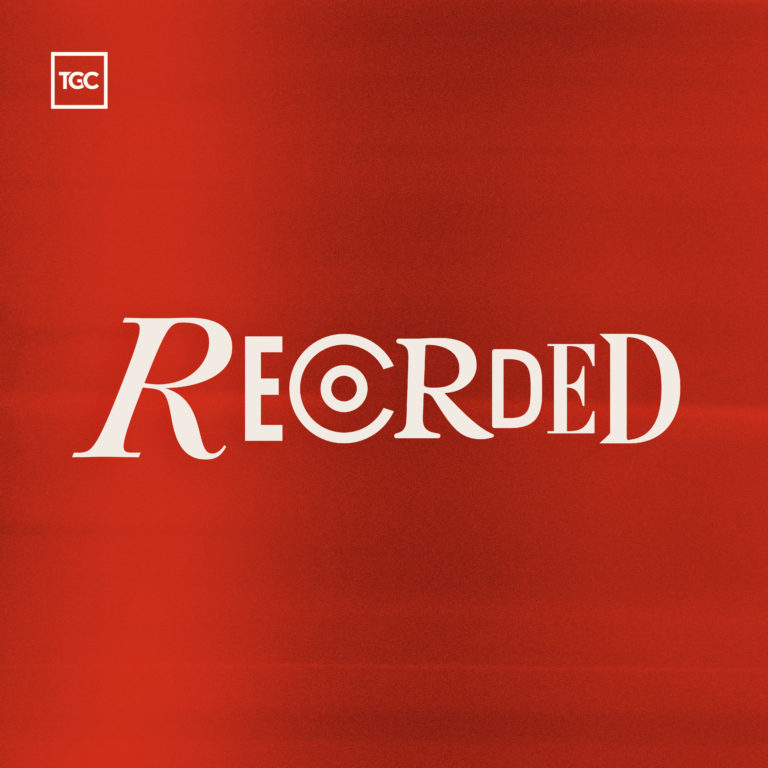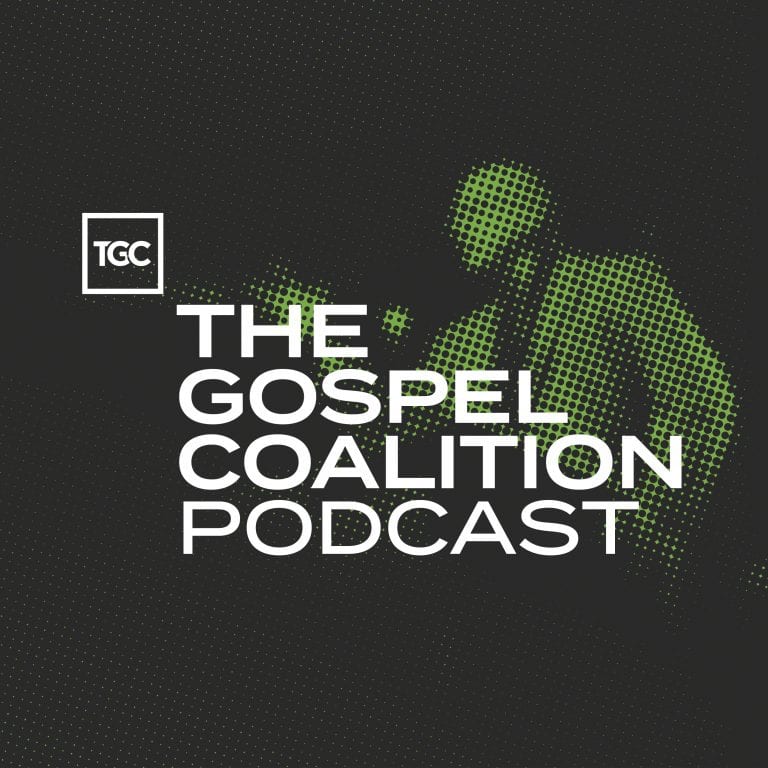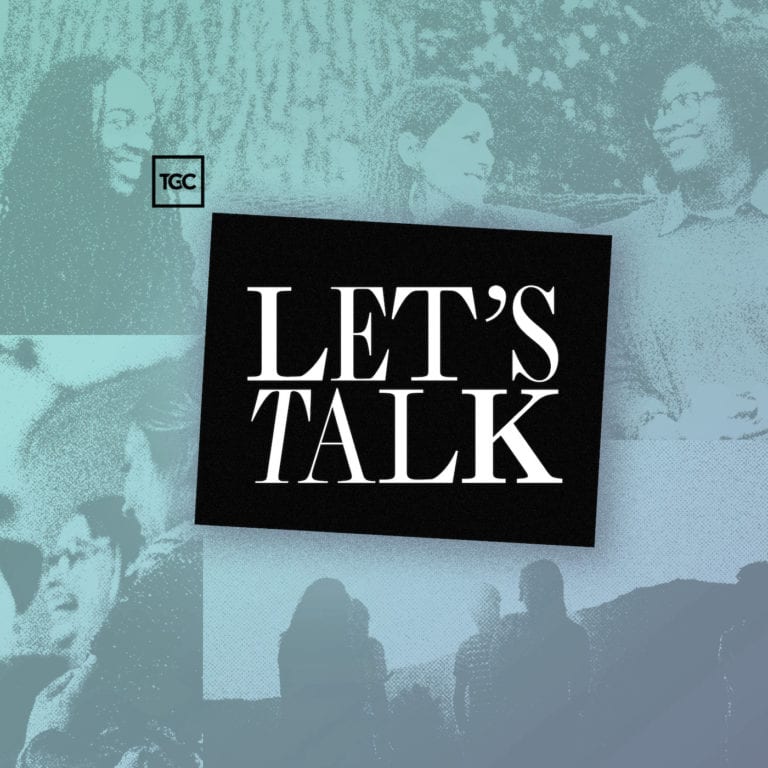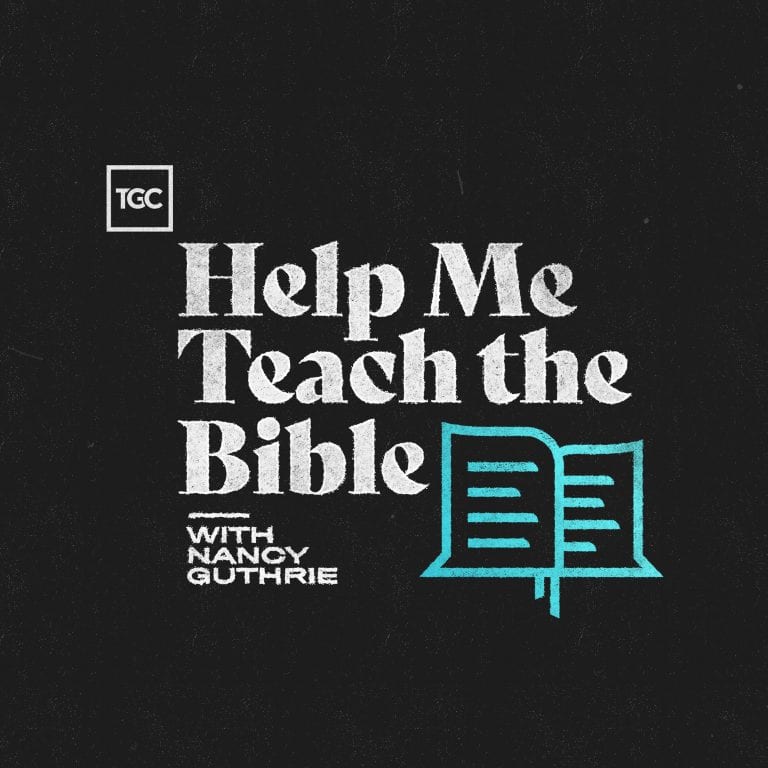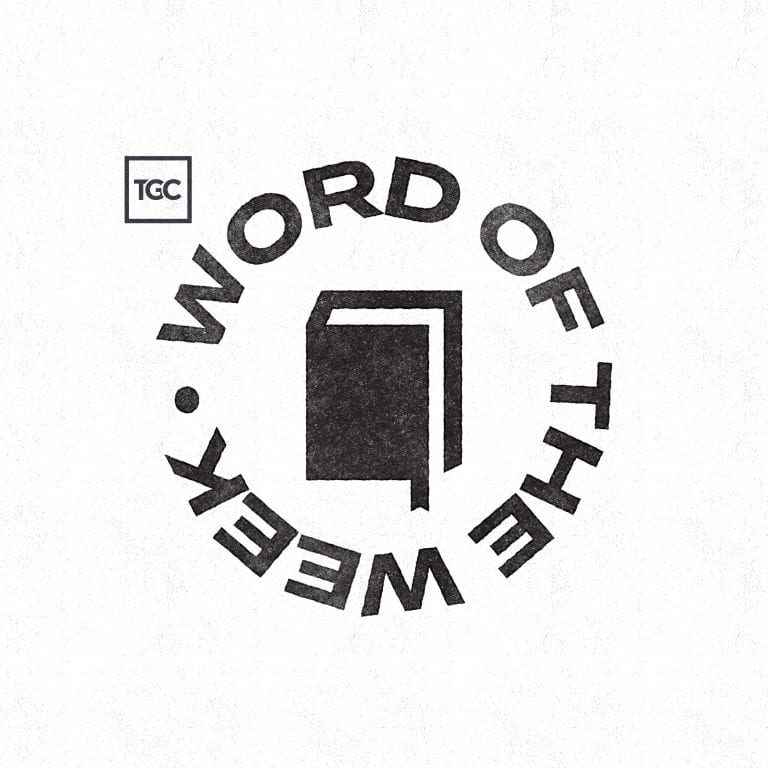Editors’ note: Come celebrate the 500th anniversary of the Reformation with us at our 2017 National Conference, April 3 to 5 in Indianapolis. The theme is “No Other Gospel: Reformation 500 and Beyond.” Timothy George will be speaking on “Reformation Before the Reformers” and “Early Reformers: Why Didn’t They Unite?” in workshops. Space is filling up fast, so register soon. The following article originally appeared in First Things.
The preaching of the gospel as a sacramental event is at the heart of Reformation theology. Preaching is also at the heart of Reformation faith—preaching as an indispensable means of grace and a sure sign of the true church. Where is the church? According to Article VII of the Augsburg Confession (1530), the church is that place where the Word is purely preached and the sacraments are duly administered. The Second Helvetic Confession (1566) went even further when it declared that “the preaching of the Word of God is the Word of God.”
Of course, preaching—unlike the printing press—was not a new invention of the Reformation era. Far from it. Think of Augustine and Chrysostom in the early church, Bernard of Clairvaux, John Hus, and the many mendicant friars who fanned out across Europe in the Middle Ages.
St. Francis preached the gospel to a Muslim sultan, and Savonarola declared God’s judgment on the sinful leaders of Florence. Bernardino of Siena, the great Franciscan herald, preached to throngs in the 15th century, calling on his listeners to repent, confess their sins, and go to Mass. The Protestant reformers knew this tradition and built on it, but they also transformed it in two important respects.
Central Act of Worship
First, they made the sermon the centerpiece of the church’s regular worship. Prior to the Reformation, the sermon was mostly an ad hoc event reserved for special occasions or seasons of the liturgical cycle, especially Christmas and Eastertide. Most sermons were preached in town squares or open fields. The reformers brought the sermon back inside the church and gave it an honored place in the public worship of the gathered community. The central role of preaching in Protestant worship can be seen in the way pulpits were raised to a higher elevation as families gathered with their children to hear the Word proclaimed.
Second, the reformers introduced a new theology of preaching. They were concerned that the Bible take deep root in the lives of the people. The Word of God was meant not only to be read, studied, translated, memorized, and meditated on; it was also to be embodied in the life and worship of the church. What might be called the practicing of the Bible—its embodiment—was most clearly expressed in the ministry of preaching. Martin Luther believed that a call to the preaching office was a sacred trust and shouldn’t be used for selfish purposes. “Christ did not establish the ministry of proclamation to provide us with money, property, popularity, honor, or friendship,” he said.
Luther
Preachers should be wary of listeners who are too complimentary, for flattery can have a sinister outcome. Puffed-up preachers are likely to think, This you have done; this is your work; you are a first-rate man, the real master. Such conceit is not even worth throwing to the dogs, Luther said. Faithful preachers should teach only God’s Word and seek only his praise. “Likewise, the hearers should also say: ‘I do not believe in my pastor, but he tells me of another Lord whose name is Christ; him he shows me.’”
Zwingli
Preaching was no less important in the Reformed tradition. When one visits the Great Minster Church in Zurich today, the following inscription can be read over the portal: “The Reformation of Huldrych Zwingli began here on January 1, 1519.” That date, no less than October 31, 1517, can answer the question, “When did the Reformation begin?”
For on that first day of January, which happened to be Zwingli’s birthday, the new pastor began his pulpit ministry by announcing his intention to dispense with the prescribed texts of the traditional lectionary. He would follow a new paradigm: preaching expositional sermons, chapter by chapter, starting with the Gospel of Matthew. After completing Matthew, Zwingli resumed the same lectio continua method by taking up Acts, then the letters to Timothy, Galatians, 1 and 2 Peter, Hebrews, the Gospel of John, and the other Pauline letters. He then turned to the Old Testament, beginning with the Psalms, then the Pentateuch and the historical books.
Bullinger
Heinrich Bullinger, who succeeded Zwingli as the Reformation leader in Zurich, reported “a rush of all sorts of people, in particular the common man, to these evangelical sermons of Zwingli’s, in which he praised God the Father, and taught all people to place their trust in God’s Son, Jesus Christ, as the single Savior.” One of those common people who rushed to hear Zwingli in the 1520s was a young student named Thomas Platter. He tells of hearing a sermon by Zwingli that was “expounded so powerfully that I felt as if someone was pulling me up by my hair.”
Calvin
From the pulpit of St. Pierre in Geneva, John Calvin followed the preaching pattern established by Zwingli. His pulpit work was marked by sequential, text-driven preaching. In the course of his ministry at Geneva, Calvin delivered more than 4,000 sermons, and many have survived for us to study.
What was the secret of Calvin’s preaching? Hughes Oliphant Old gave this answer:
Calvin drew out of the Scriptures aspects of Christian teaching which the church had not heard for centuries. This was above all the case for the doctrine of grace. The promise of salvation was presented to all who would believe it. Calvin preached justification by faith, as all the reformers did. More than some, perhaps, he also preached sanctification by faith. The lives of those who believed the Word of God would be transformed by that Word. Holiness was the fruit of faith. To believe the Word was to live by the Word, and that life lived according to the Word of God was blessed, both in this world and in the world to come.
Three Marks of Reformation Preaching
In an important essay published in Theology Today in 1961, Heiko A. Oberman set forth the distinctive marks of Reformation preaching in terms of three interrelated aspects.
1. The sermon is an apocalyptic event.
Not quite in the sense of Savonarola’s preaching of impending doom to the people of Florence, but in the sense that the sermon unveils and makes present the last judgment here and now. Without demythologizing Christ’s future coming, gospel preaching existentializes the final will of God for every hearer by calling for a decisive response here and now. “In the sermon,” Oberman observed, “Christ and the Devil are revealed, Creator and creature, love and wrath, essence and existence, ‘Yes’ and ‘No.’”
2. The sermon is not an isolated speaking part in an otherwise sterile liturgy.
The sermon is a vital and integral part of corporate worship. Praying, singing, confessing sins, declaring forgiveness, baptizing, gathering around the Lord’s Table to receive in faith Christ’s body and blood “in, with, and under” (Luther) and “exhibited by” (Calvin) the earthly elements of bread and wine—all of these activities presuppose, and are supported by, the lively preaching of God’s Word. Woven into the texture of the whole worship event by the dynamic operation of the Spirit, the Reformation sermon, Oberman noted, is “not legalistic but redemptive; not only directed to individual souls but especially to the corporate existence of the congregation; not elevating but mobilizing; not a refuge but a starting point; and, finally, not holy and vertical, but secular and horizontal: time, space, and dust.”
3. The sermon is similar in one respect to the role of the eucharist in medieval Catholic theology.
The preaching event has an utterly objective character that transcends the weak and sinful status of the preacher himself. Whenever God’s Word is proclaimed, the Lord truly speaks and is truly present in judgment and in grace. There is, to say it boldly, an ex opere operato presence of God’s Word in the preached Word. For this reason, God has chosen what Paul called “the folly of preaching” to bring sinful men and women to new life in Christ, to nourish the flock of God, and to sustain the pilgrim church on its way to the heavenly city.
In the final analysis, the Reformation was a recovery of biblical preaching.
Is there enough evidence for us to believe the Gospels?
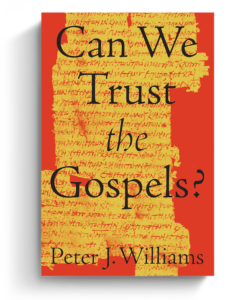 In an age of faith deconstruction and skepticism about the Bible’s authority, it’s common to hear claims that the Gospels are unreliable propaganda. And if the Gospels are shown to be historically unreliable, the whole foundation of Christianity begins to crumble.
In an age of faith deconstruction and skepticism about the Bible’s authority, it’s common to hear claims that the Gospels are unreliable propaganda. And if the Gospels are shown to be historically unreliable, the whole foundation of Christianity begins to crumble.